Understanding Whitening Consent Forms
Embarking on a teeth whitening journey is an exciting step towards a brighter smile. However, before you can begin, understanding the importance of a whitening consent form is crucial. This comprehensive guide will walk you through everything you need to know about these essential documents, ensuring you’re well-informed and prepared for the procedure. A whitening consent form is not merely a formality it’s a cornerstone of ethical dental practice, protecting both the patient and the dental professional. It is a legal document that ensures the patient understands the procedure, its potential benefits, risks, and alternatives. This guide will demystify the form, providing clarity and confidence as you pursue a whiter, more radiant smile.
What is a Whitening Consent Form?
A whitening consent form is a legally binding document that patients sign before undergoing a teeth whitening procedure. It serves as proof that the patient has been thoroughly informed about the treatment. This includes details about the process, the expected outcomes, and any potential side effects or risks involved. It is a vital part of the informed consent process in dentistry, demonstrating that the patient’s decision to proceed is voluntary and based on a complete understanding of the procedure. The form typically outlines the specific whitening method to be used, the materials involved, and the estimated duration of the treatment. It also provides space for the patient to ask questions and voice any concerns they may have before giving their consent.
Why is a Whitening Consent Form Necessary?
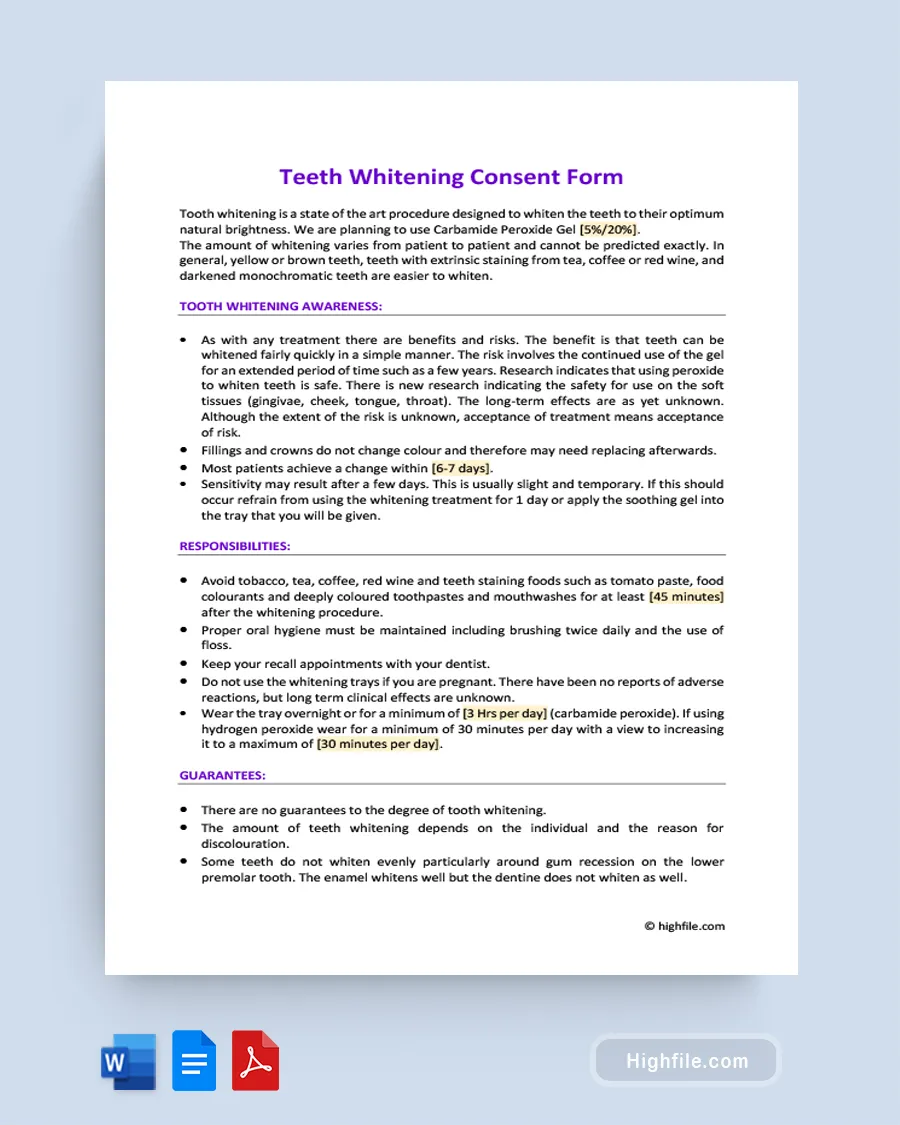
The necessity of a whitening consent form stems from ethical and legal considerations within the dental field. Its primary purpose is to protect the patient’s rights by ensuring they are fully aware of the procedure they are about to undergo. It guarantees that patients have the opportunity to make an informed decision based on accurate information. Without such a form, a patient might not be fully aware of the risks and benefits, which could lead to dissatisfaction or even legal complications. Furthermore, the form protects the dental professional by documenting that the patient was informed, thus reducing the risk of potential misunderstandings or legal actions. This form promotes transparency and trust between the patient and the dental provider, which is fundamental to quality healthcare and successful treatment outcomes.
Key Components of a Whitening Consent Form
Whitening consent forms are designed to be thorough and comprehensive, covering all aspects of the teeth whitening procedure. They typically contain several key components. Understanding each part will allow you to make informed choices with your dentist. These elements collectively ensure that the patient is well-prepared for the procedure and has realistic expectations about the results. Always review the form carefully, ensuring all aspects are clear before providing your consent. By understanding each section, you can ensure a smoother, more informed, and successful whitening experience.
Patient Information and Details
This section includes essential details about the patient, such as their full name, date of birth, contact information, and medical history. This data is essential for identification and ensuring the treatment is appropriate for the individual. Information such as allergies or existing dental conditions will be recorded here. The dentist uses this information to tailor the whitening procedure to the patient’s specific needs and to mitigate any potential risks. Accurate and complete patient details are essential for the safety and effectiveness of the procedure. This also helps maintain the patient’s dental record and allows for follow-up communication after the whitening treatment.
Description of the Whitening Procedure
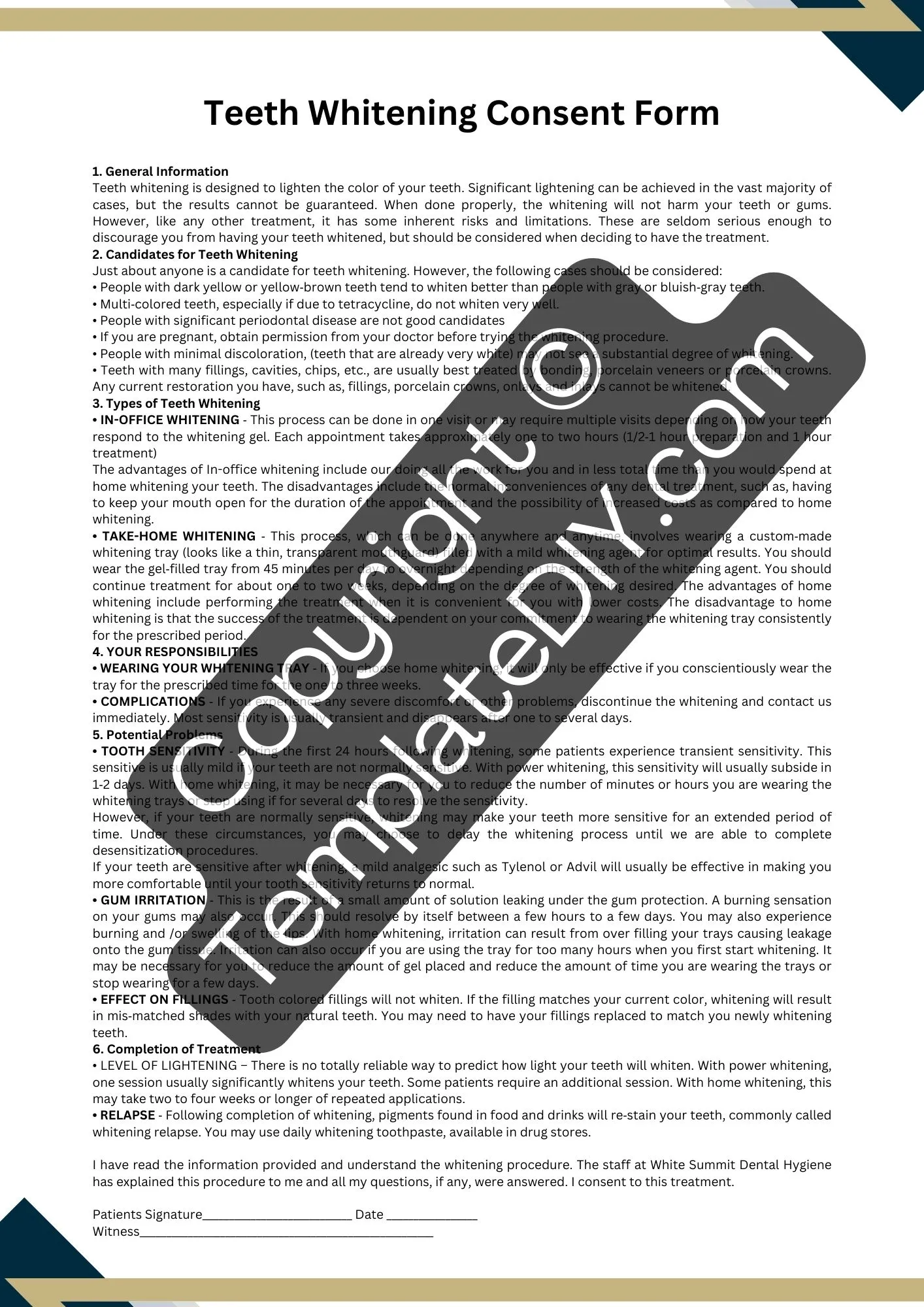
A detailed explanation of the teeth whitening procedure is provided in this section. This includes specifics about the type of whitening treatment to be used, such as in-office whitening or at-home kits. The form will clarify how the whitening agent works, the number of sessions required, and the duration of each session. Any pre-treatment preparations, like a dental cleaning, will also be outlined. Additionally, it will describe what the patient can expect during the procedure, such as the application of the whitening gel, the use of specialized lights (if applicable), and the steps to ensure the patient’s comfort. This helps the patient understand the practical aspects of the procedure.
Risks and Potential Side Effects
This is one of the most crucial parts of the consent form, detailing the potential risks and side effects associated with teeth whitening. Common side effects such as tooth sensitivity and gum irritation are explicitly mentioned. More rare complications, such as uneven whitening or changes to existing dental work, are also addressed. It is important for patients to be aware of these possibilities to manage their expectations realistically. The form may also explain how these side effects can be managed or mitigated, providing the patient with a sense of security. Understanding the risks ensures that the patient makes an informed decision and can proactively seek support if any issues arise post-treatment.
Alternatives to Whitening
This part of the form discusses alternative options to teeth whitening. This information is crucial for patients who might not be ideal candidates for whitening or who prefer different approaches. Alternatives could include dental veneers, crowns, bonding, or simply improving oral hygiene habits. The form may provide details about the pros and cons of these alternative treatments. The goal is to allow the patient to explore all possible choices and select the one that best suits their needs and expectations. The inclusion of alternatives highlights the importance of patient autonomy and informed decision-making in dental care, ensuring that patients can choose the best path for their oral health goals.
Informed Consent and Agreement

The final section includes a statement confirming that the patient has read, understood, and agreed to the terms of the procedure. It includes a space for the patient’s signature, the date, and sometimes the dentist’s signature as well. By signing, the patient acknowledges that they have been fully informed about the procedure, its risks, benefits, and alternatives, and that they willingly consent to proceed. This section validates the patient’s informed decision and offers legal protection for both the patient and the dental professional. It creates a documented agreement that ensures the treatment aligns with the patient’s informed consent and preferences. The signature signifies the patient’s active participation and acceptance of the treatment plan.
Steps to Obtain a Whitening Consent Form
The process of obtaining a whitening consent form is straightforward but crucial. It typically involves a few key steps that ensure patients are well-prepared and informed before undergoing treatment. Following these steps will help to make sure that the process is smooth and that you fully understand all the details of your teeth whitening. The process is designed to prioritize patient understanding, promote transparency, and create a trusting environment. Always feel free to ask questions at any stage, making sure you are comfortable with the process.
Consultation with a Dentist
The initial consultation with your dentist is the first step. During this visit, your dentist will assess your oral health, discuss your goals for teeth whitening, and determine if you are a suitable candidate. The dentist will explain different whitening options and suggest the most appropriate treatment based on your needs. This is the time to ask questions about the process, including the expected results, potential risks, and cost. This consultation ensures that all of your concerns are addressed before you proceed. Your dentist will also review your medical history and perform any necessary preliminary examinations to ensure the procedure is safe and suitable for you.
Reviewing and Understanding the Form
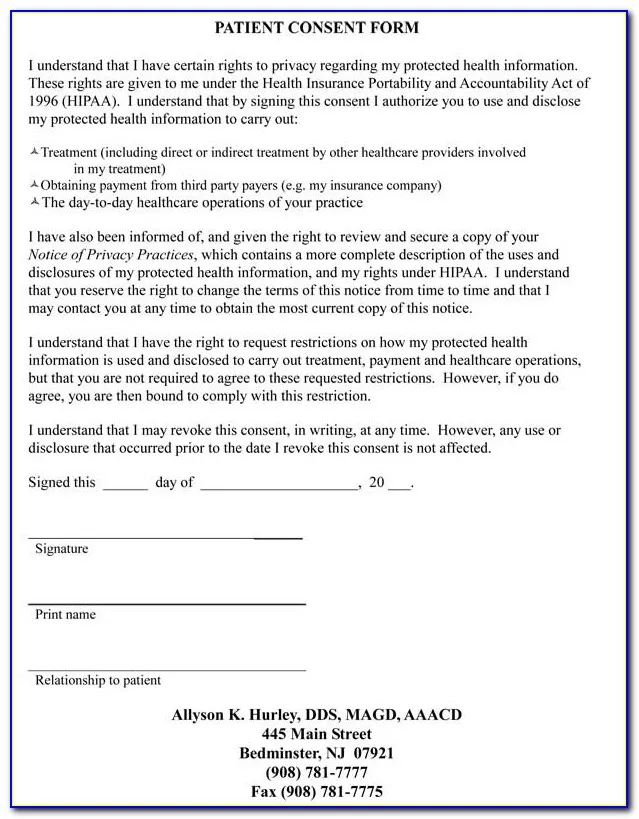
Once you have decided to proceed with the teeth whitening, the dentist will provide you with a consent form to review. It’s essential to read this form carefully, paying close attention to the procedure description, potential risks, and alternatives. Take your time to understand all aspects of the form, and do not hesitate to ask your dentist any questions you may have. Understanding the form ensures that you are fully informed and that you can make a decision free of surprises. Make sure you are clear about the expectations, potential side effects, and what to do in case of any complications. Reviewing the form thoroughly is a crucial step in ensuring you are well-prepared for the treatment.
Signing and Dating the Form
After reviewing the consent form and clarifying any doubts, the final step is to sign and date it. By signing, you are confirming that you have read, understood, and agreed to the terms of the procedure. Make sure to date the form accurately. Your dentist will also typically sign and date the form, which then becomes a part of your dental records. This signature signifies the commencement of the agreed-upon treatment, and the document will be stored in your file as a reference. Keep a copy of the signed form for your records for future reference, and to facilitate a more transparent doctor-patient relationship.
Best Practices for Whitening Consent Forms
To ensure the effectiveness of the whitening consent form process, certain best practices should be followed. These practices promote clarity, transparency, and patient safety. Implementing these practices can help make the process more effective and build trust. By embracing these practices, both dental professionals and patients can contribute to successful whitening experiences.
Accuracy and Completeness
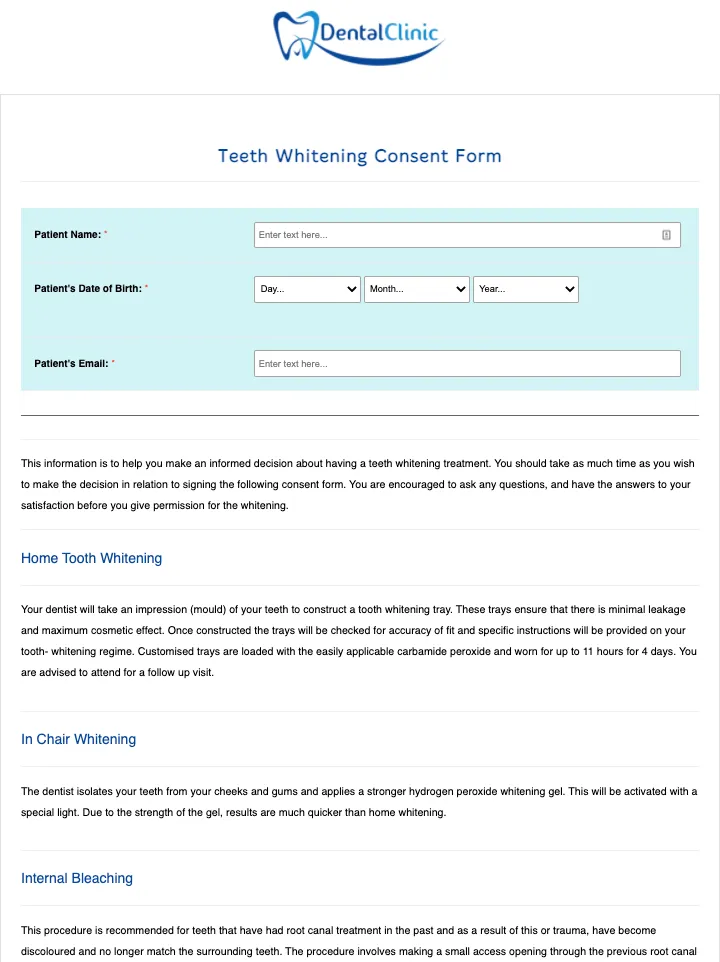
The information on the consent form must be accurate and complete. This includes correct patient details, a clear description of the procedure, and a comprehensive list of potential risks and alternatives. The form should be free of errors and reflect the current state of the patient’s oral health. Ensure that all sections are filled out correctly and all necessary information is included to ensure clarity and avoid misunderstandings. Verify that all relevant information is present and understandable. The accuracy and completeness of the form are critical for legal and ethical purposes, and it serves as the foundation for the entire process.
Patient Education
Patient education is a central component of the consent process. Dentists should take the time to thoroughly explain the procedure, including what to expect before, during, and after the treatment. They should address any questions or concerns the patient may have. It’s important to use clear, non-technical language, so patients fully understand the information. Provide visual aids or brochures to supplement verbal explanations, which helps in understanding. Encouraging open communication between the patient and the dentist fosters trust. Make sure that patients are able to ask questions and are comfortable with the explanation before proceeding.
Record Keeping
Maintaining detailed records of the consent process is crucial. This includes the signed consent form, any notes from the consultation, and any communication regarding the treatment. These records serve as proof of the informed consent and are vital for legal and ethical purposes. Keeping organized records enables dentists to have complete records of each patient. Store these records securely and in compliance with privacy regulations. Proper record-keeping protects both the patient and the dental professional. This also helps in providing efficient follow-up care and ensures that future treatments are appropriately managed, based on the patient’s history.
Frequently Asked Questions About Whitening Consent Forms
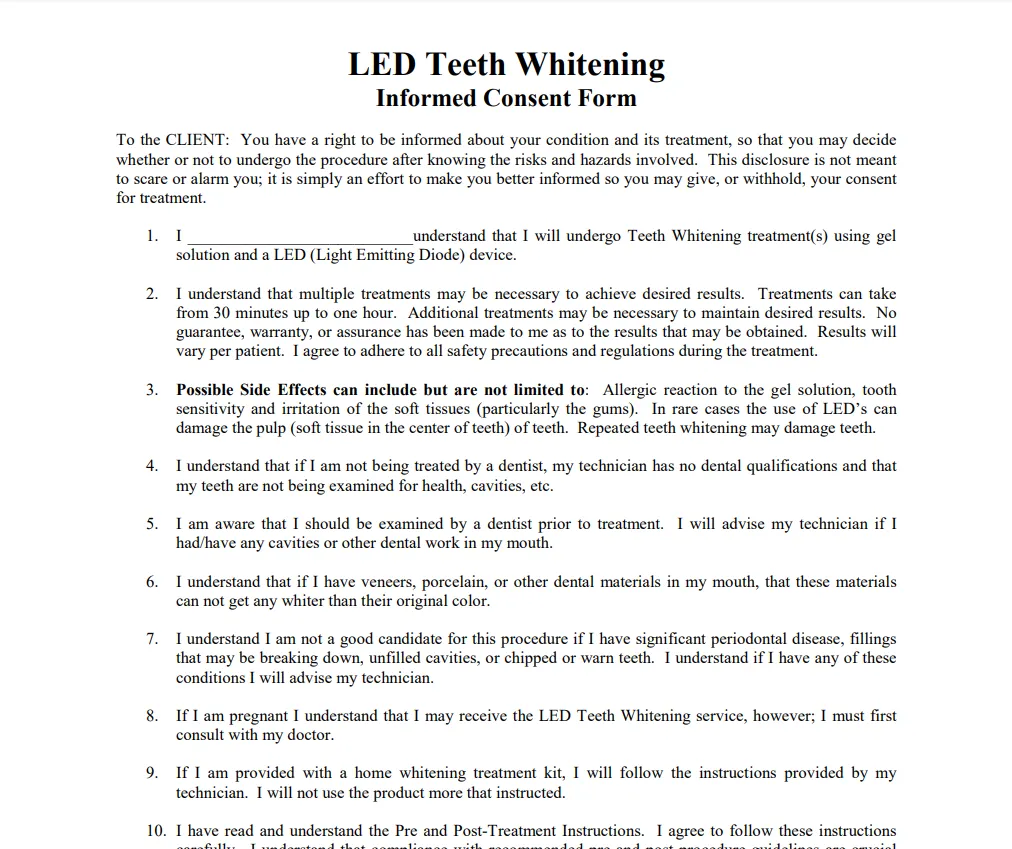
To help you further understand whitening consent forms, here are answers to some of the most frequently asked questions. These questions address common concerns and uncertainties patients may have. The answers are designed to provide clarity and further enhance your understanding of the process. If you have any other questions, do not hesitate to consult with your dentist. These FAQs provide valuable insights and empower you to approach teeth whitening treatments with confidence.
- What happens if I don’t sign the consent form? If you do not sign the consent form, the teeth whitening procedure cannot proceed because it indicates a lack of informed consent, which is necessary for ethical and legal reasons.
- Can I change my mind after signing the consent form? Yes, you can change your mind at any time before the procedure begins. Discuss your concerns with your dentist.
- What if I don’t understand something in the consent form? Ask your dentist for clarification. The form is there to ensure you fully understand the procedure.
- Is the consent form legally binding? Yes, the consent form is a legally binding document. It serves as proof that you were fully informed and consented to the procedure.
- How long is the consent form valid? The consent form is typically valid for the specific teeth whitening procedure it describes. If you have subsequent treatments, a new form may be required.
In conclusion, the whitening consent form is an indispensable part of the teeth whitening process. By understanding the form, its components, and the importance of informed consent, patients can approach the procedure with confidence and clarity. This ensures a smooth and successful treatment journey toward a brighter smile. Always prioritize patient education, ask questions, and communicate openly with your dental professional. With informed consent, you can make the best decisions for your oral health.
